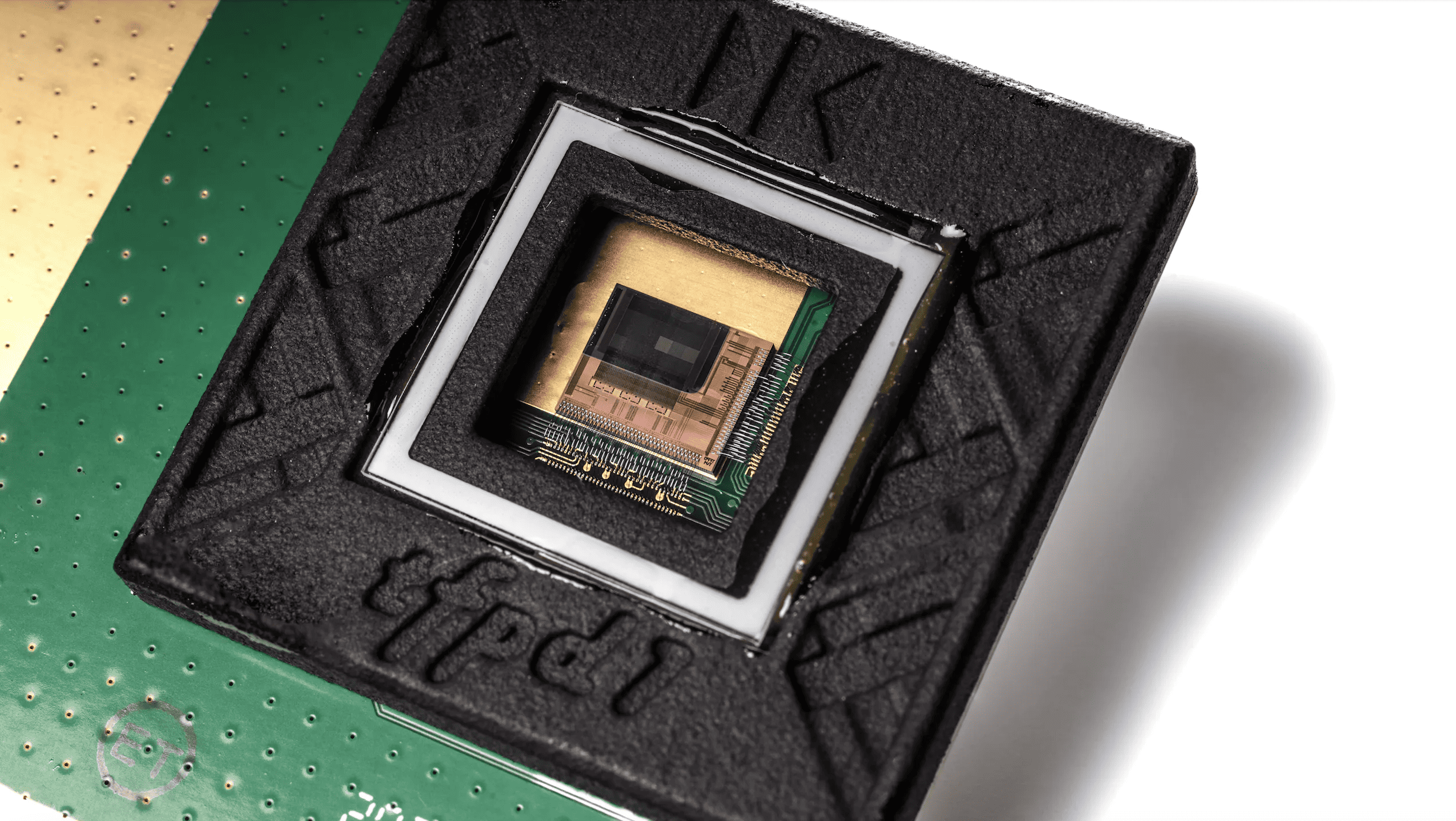
There are many dangerous pedestrian crossing points in Hungary. In many cases, there are no signs or street lighting, or the paintwork is almost completely worn off. These road sections are even more dangerous because of the major increase in vehicle traffic in recent years. Road conditions have not adapted to that. A Hungarian company has found a solution to tackle this problem and developed a smart crosswalk called SafeCross.
A lot of accidents at crosswalks happen because drivers don’t pay enough attention. But according to Alfred Szűcs, SafeCross Sales Manager, more and more accidents are also happening because pedestrians are distracted, as reported in a survey of the Magyar Autoclub. In 2021, inattention caused more accidents than passing, pedestrian error or technical failure. The vast majority of accidents were caused by cars, but the survey also found a significant number of pedestrian-caused accidents.
“Obviously, at a crosswalk, the pedestrian has the right-of-way. But in many cases, if the pedestrian and driver had made eye contact before crossing, an accident could have been avoided. Pedestrians often walk with their earphones in while staring at their phones. We concluded that it would be useful to give a signal to the pedestrian that a car is approaching and came up with the idea of the “smart pavement system.” In this case we don’t signal the vehicles, we signal the pedestrian with LED lights on the sensor posts on the pavement,” says Szűcs.
To make the product more sustainable, the LED lights could also be powered by solar energy. However, Szűcs says that they decided to go with electricity. This way they are not dependent on the sun and can guarantee 365 days of operation and, above all, safety.
Potential of built-in sensors
Since 2016, when the company was founded, the system has been installed at 173 sites. They claim that there has not been a single accident at those sites since their installation. During these six years, the fifth version of SafeCross was launched. The development covers everything from the control system to the LED lights.
“We need better and better lights that are as durable as possible. It’s important that they can withstand the pressure. There are places where there are a lot of trucks, buses and vehicles carrying heavy loads,” says Szűcs.
Another important development is the switch from sensor-based to camera-based operation. This will allow them to collect more data and use the camera for surveillance. “We only use a fraction of the software’s capacity because we have to focus on one function – detecting pedestrian movement. Other than that, there are a lot of functions that remain untapped.” Such functions include measuring speed or counting pedestrians. To take the idea further, it could also be used for law enforcement purposes.
An affordable way to save lives

Obviously, in places where traffic lights have been installed, this system has no justification. But in places where there is a need for some kind of signaling system, SafeCross can be a much cheaper alternative to traffic lights.
The construction cost of the system depends on many things. As Szűcs puts it, “It depends on how many lanes the road has and how wide they are. The wider the road, the more LED lights need to be installed.
The system can be installed for approximately 3 to 3.6 million forints (€8,000 to 10,000). Statistics show that Hungary ranks eleventh in the EU in terms of fatalities. Romania, for example, tops the list, the Czech Republic is worse off than Hungary and Slovenia is also in the more dangerous half of the EU. These are the countries where SafeCross is aiming to expand.
Read next: Free ticker app OKO from AYES allows the blind and visually impaired to cross roads safely again





